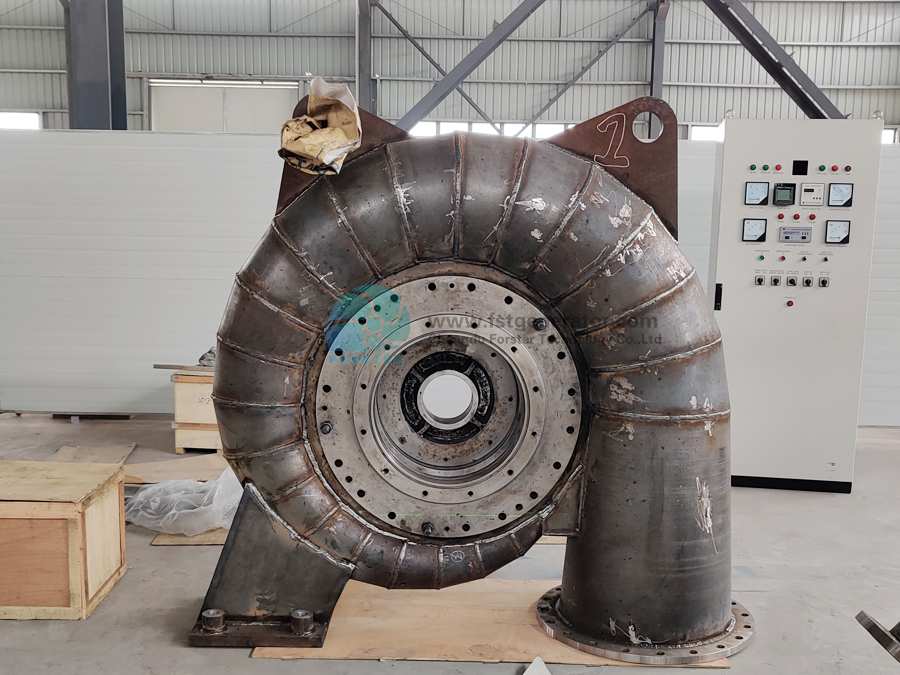As a fast-response renewable energy source, hydropower usually plays the role of peak regulation and frequency regulation in the power grid, which means that hydropower units often need to operate under conditions that deviate from the design conditions. By analyzing a large number of test data, it is pointed out that when the turbine works under non-design conditions, especially under partial load conditions, strong pressure pulsation will appear in the draft tube of the turbine. The low frequency of this pressure pulsation will adversely affect the stable operation of the turbine and the safety of the unit and workshop. Therefore, the pressure pulsation of the draft tube has been widely concerned by the industry and academia.

Since the problem of pressure pulsation in the draft tube of a turbine was first proposed in 1940, the cause has been concerned and discussed by many scholars. At present, scholars generally believe that the pressure pulsation of the draft tube under partial load conditions is caused by the spiral vortex movement in the draft tube; the existence of the vortex makes the pressure distribution on the cross section of the draft tube uneven, and with the With the rotation of the vortex belt, the asymmetric pressure field is also rotating, causing the pressure to change periodically with time, forming pressure pulsation. The helical vortex is caused by the swirling flow at the draft tube inlet under partial load conditions (ie, there is a tangential component of velocity). The US Bureau of Reclamation conducted an experimental study on the swirl in the draft tube, and analyzed the vortex shape and behavior under different swirl degrees. The results show that only when the swirl degree reaches a certain level, the spiral vortex band will appear in the draft tube. The helical vortex appears under partial load conditions, so only when the relative flow rate (Q/Qd, Qd is the design point flow rate) of the turbine operation is between 0.5 and 0.85, severe pressure pulsation will appear in the draft tube. The frequency of the main component of the pressure pulsation induced by the vortex belt is relatively low, which is equivalent to 0.2 to 0.4 times the rotational frequency of the runner, and the smaller the Q/Qd, the higher the pressure pulsation frequency. In addition, when cavitation occurs, the air bubbles generated in the vortex will increase the size of the vortex and make the pressure pulsation more intense, and the frequency of the pressure pulsation will also change.
Under partial load conditions, the pressure pulsation in the draft tube can pose a great threat to the stable and safe operation of the hydroelectric unit. In order to suppress this pressure pulsation, many ideas and methods have been proposed, such as installing fins on the wall of the draft tube and venting into the draft tube are two effective measures. Nishi et al. used experimental and numerical methods to study the effect of fins on the pressure pulsation of draft tube, including the effects of different types of fins, the effects of the number of fins and their installation positions. The results show that the installation of fins can significantly reduce the eccentricity of the vortex and reduce the pressure pulsation. Dmitry et al also found that the installation of fins can reduce the amplitude of pressure pulsation by 30% to 40%. Ventilation from the central hole of the main shaft to the draft tube is also an effective method to suppress pressure pulsation. The degree of eccentricity of the vortex. In addition, Nishi et al. also tried to ventilate the draft tube through small holes on the surface of the fin, and found that this method can suppress the pressure pulsation and the amount of air required is very small when the fin cannot function.
Post time: Aug-09-2022
